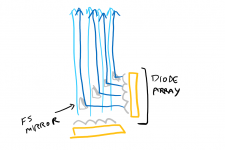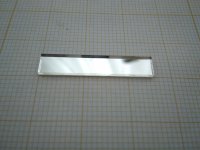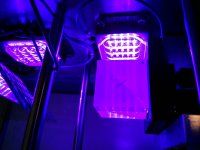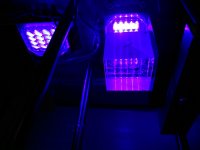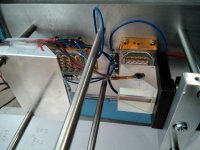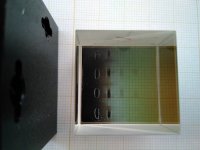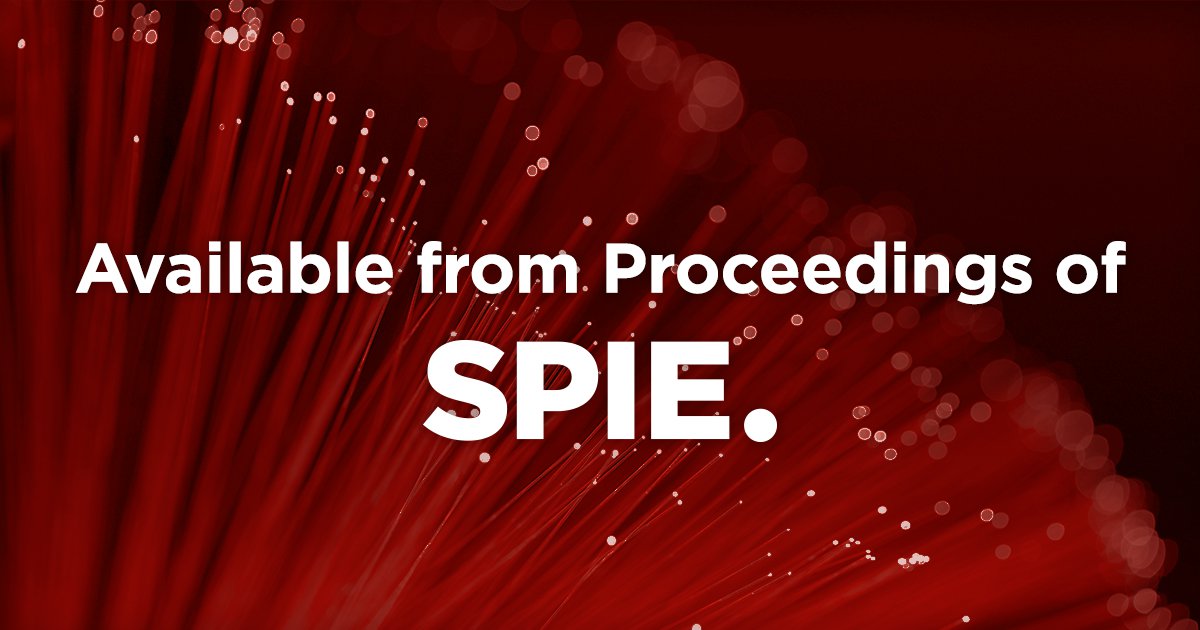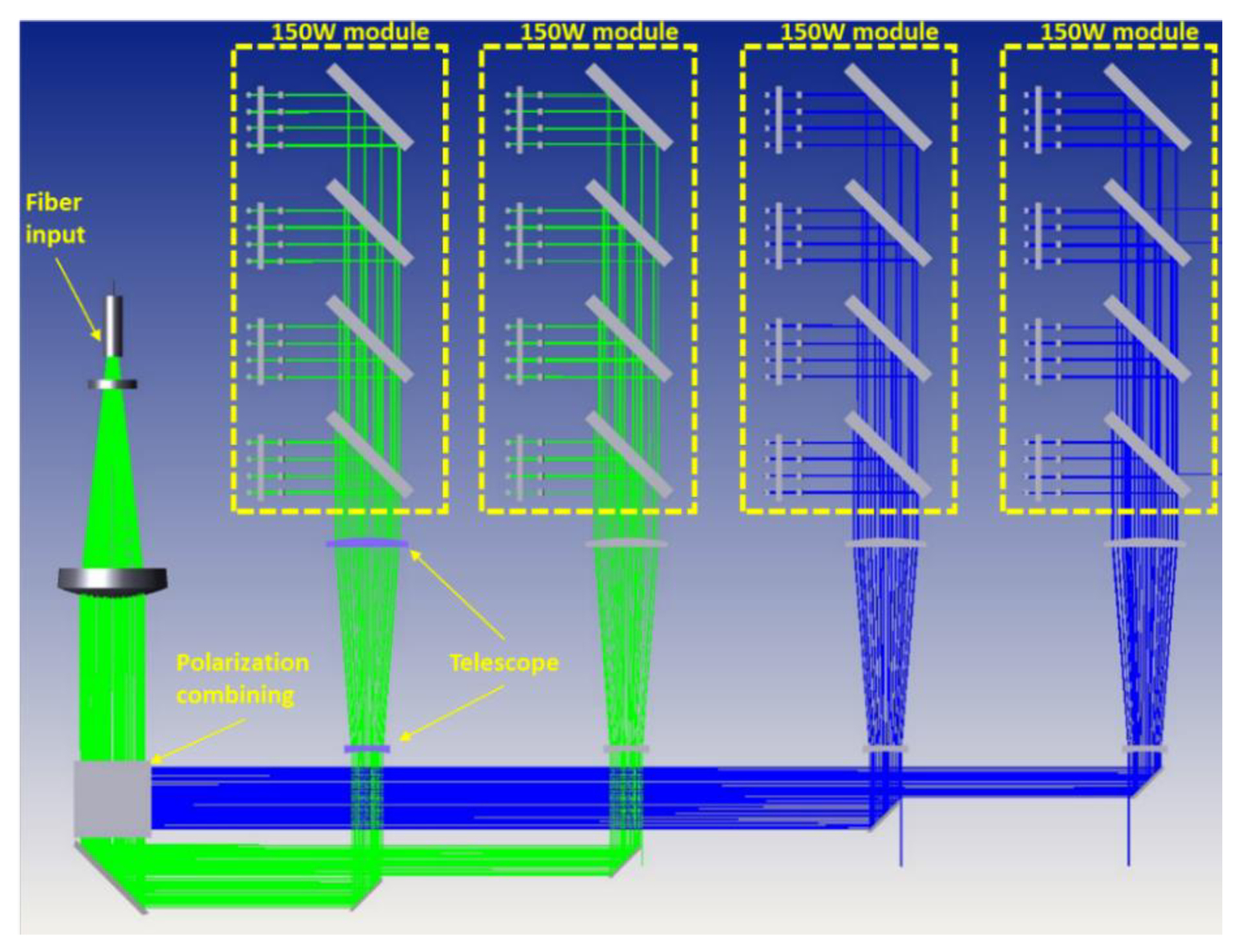D
Deleted member 8178
Guest
You clearly haven't been working with TECs before. Yes they can get hella cold, but ones you add heat to the cold side it's game over, especially when stacking them. You can throw as many TECs you want on it, and may at some point start seeing some cooling, but you are way past practicality then.




